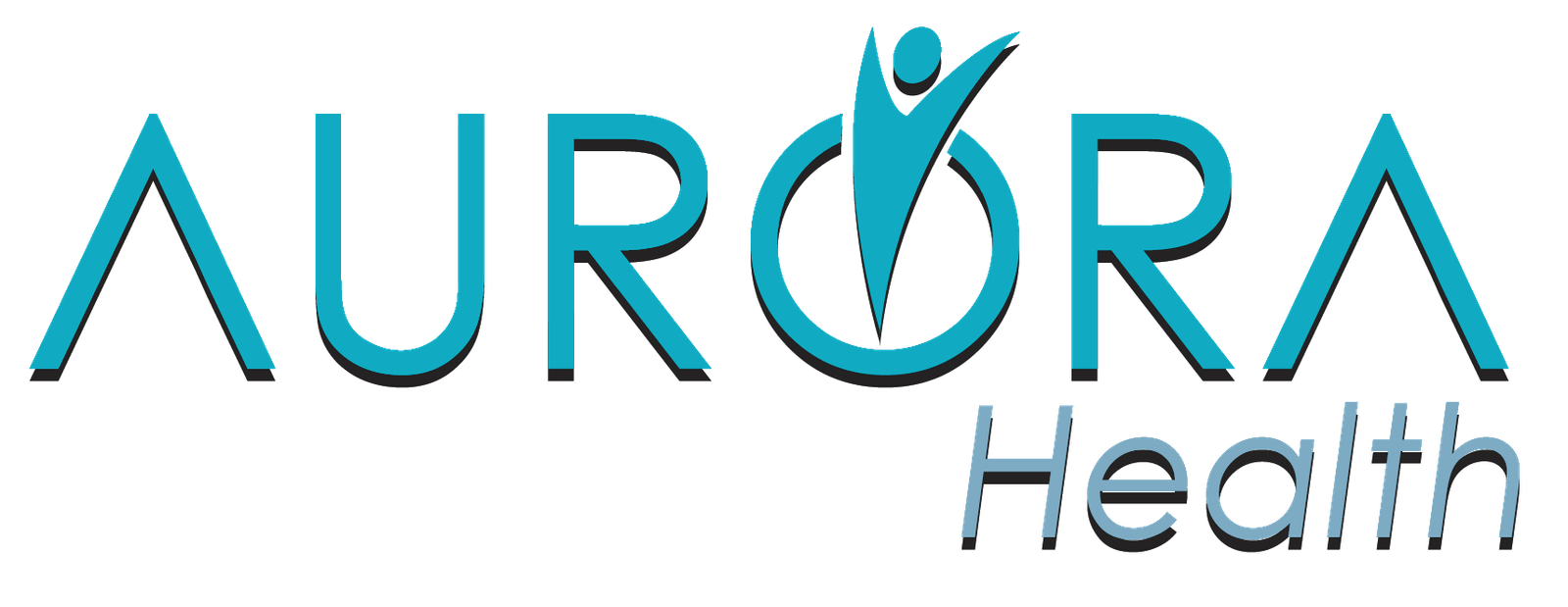
What Are The Functions of Vitamin E ?
Vitamin E is the key to strong immunity, healthy skin and eyes. It is an antioxidant vitamin that can protect our cells from damage. This essential nutrient occurs naturally in numerous types of food. Nuts, seeds and vegetable oils are among the best sources of vitamin E, and significant amounts are available in green leafy vegetables and fortified drinks.
Goat milk is also an excellent source of vitamin E especially those that have been enhanced with added vitamin E. So, let us take a closer look at vitamin E and its health benefits.
What is Vitamin E?
Vitamin E is a group of eight fat-soluble compounds that include four tocopherols and four tocotrienols. Alpha-tocopherol is the most active one in humans. The main function of alpha-tocopherol is to serve as a lipid-soluble biological antioxidant that prevents free-radical reactions from spreading.
Tocotrienols also have antioxidant properties and function as lipid protectors like tocopherols (Packer et.al, 2001).
The health benefits of Vitamin E
A sufficient intake of vitamin E (alpha-tocopherols) is crucial as it may support immune function, prevent inflammation, lower the risk of cancer, protect cells, tissues and organs from free radical damage.
Free radicals weaken and break down healthy cells. It is responsible for the aging process and can lead to various health conditions such as heart disease and inflammatory diseases.
As for tocotrienols, it also has other health benefits that other than antioxidant properties, such as cancer prevention, cardiovascular health, immune control and neuroprotection (Meganathan & Fu, 2016). For example, tocotrienols have antiproliferative, pro-apoptosis, and anti-angiogenic properties, which are all essential roles for this vitamin in preventing various tumor cells’ survival. (Ahsan et. al, 2014).
Other than that, Vitamin C is also needed in reducing the oxidized form of vitamin E as a result of the latter free-radical scavenging activity. This interaction has led to the concept of ‘vitamin E recycling’ where vitamin C helps restore the antioxidant capacity of vitamin E (Combs, 2012).
Recommended Nutrient Intake (RNI) of Vitamin E for Malaysian
The Recommended Nutrient Intake (RNI) for vitamin E for males and females depends on their age, average recommended amounts provided by the National Coordinating Committee for Food and Nutrition (2017) is as follows:
| Group | Men | Women |
| Adults (19-65 years) | 10 mg/day | 7.5 mg/day |
| Pregnant | 7.5 mg/day | |
| Lactation | 7.5 mg/day | |
| Elderly (>65 years) | 10 mg/day | 7.5 mg/day |
Tolerable Upper Intake Levels (UL)
The maximum daily intake unlikely to cause adverse health effects are recommended as follows:
| Group | Men | Women |
| Adults (>19 years) | 1000 mg/day | 1000 mg/day |
| Pregnant (14-18 years) | 800 mg/day | |
| Pregnant (>19 years) | 1000 mg/day | |
| Lactating (14-18 years) | 800 mg/day | |
| Lactating (>19 years) | 1000 mg/day |
References:
- National Coordinating Committee for Food and Nutrition (2017). Recommended Nutrient Intake.
Photo Credit: ShutterStock

The c vitamin is also an antioxidant for the body and helps other minerals and vitamins
to be absorbed better. Folic acid and iron, for
example, need the c vitamin to increase their usefulness.
Review my blog post :: Alberta Verville